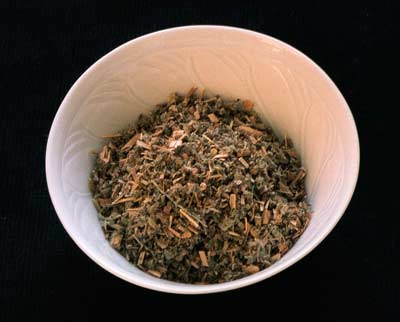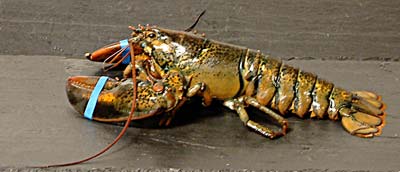"White fish." Sneep. A gregarious relation of the carp. It is found in the upper reaches of rivers, where it likes fast-moving water so may be found around piers or bridges of where currents speed around obstructions in the water. Its mouth is designed for scraping algal growths from stones. The flesh is tasty but has many bones which discourages people from eating it.

Agrimony. A perennial plant of the rose family with dark green, downy leaves, the yellow flowers of which can be used for making tea.

Lobster. The European lobster is a large, marine shellfish with huge claws and is dark, mottled blue-black before cooking, turning red during the process. The flesh is sweet and tender. The Maine or American lobster found in the United States is huge in size and lacks the wonderful sweetness of its European cousin. American varieties may sometimes be brick red before cooking. In Europe they are likely to up to 2 kg (4¼ lbs) while North American ones may be a lot larger. Increasingly, American lobsters are imported for use in Europe.
"Lobster with oil and lemon." Lobster meat dressed with olive oil, lemon juice and marjoram, heaped into the halved lobster shells and grilled.
A wine grape which originated in Santorini. It is an aromatic variety with a kinship to Sémillon and Riesling. It ages well and has an almost citrus flavour.